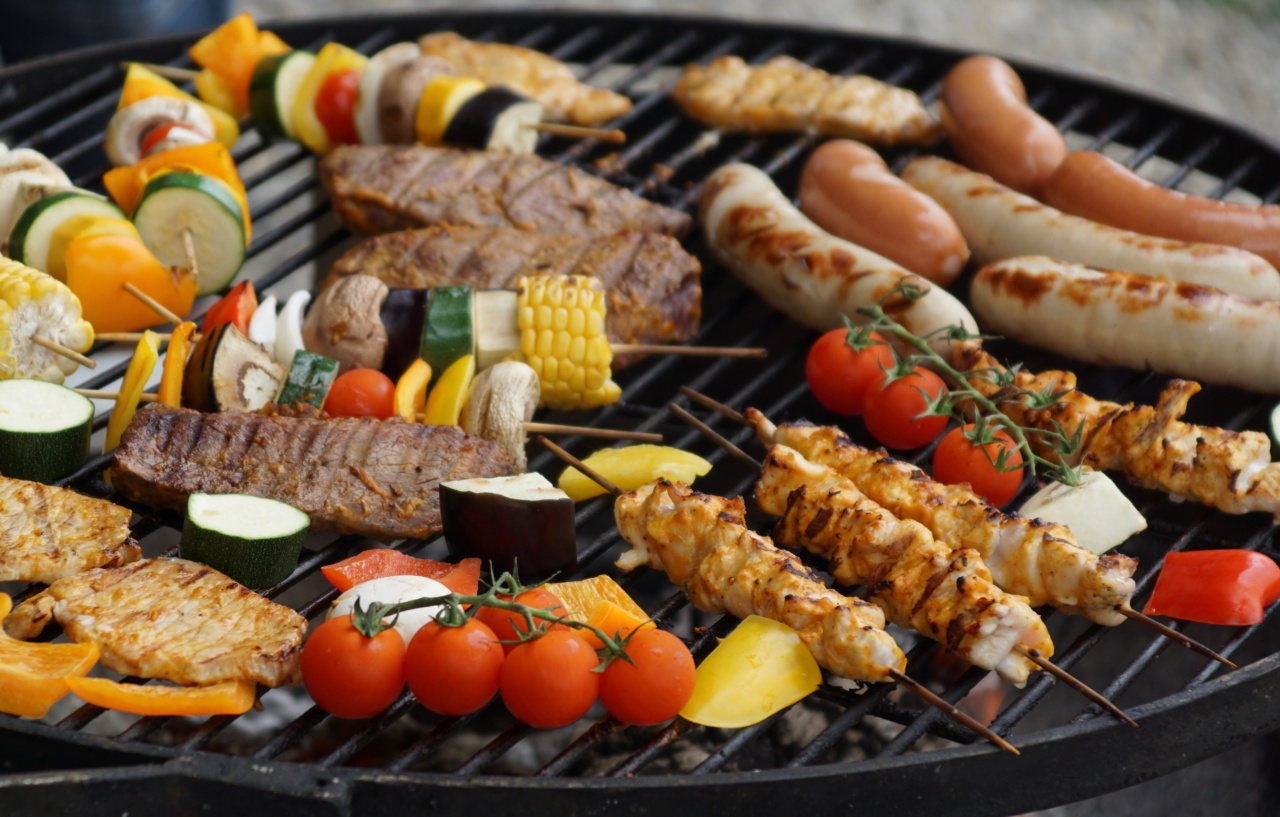In many households, it has been a common practice to wash chicken before cooking it. However, recent studies and recommendations from health experts are challenging this age-old tradition.
The science behind not washing chicken before cooking revolves around preventing the spread of harmful bacteria and reducing the risk of foodborne illnesses. In this article, we will delve into the reasons why washing chicken may do more harm than good and explore alternative methods to ensure safe and delicious meals.
The Dangers of Washing Chicken
Contrary to popular belief, washing chicken before cooking can actually increase the risk of food contamination. When raw chicken is rinsed under water, it can cause bacteria to spread to the surrounding surfaces through splashing.
These bacteria, such as Campylobacter and Salmonella, are commonly found in raw poultry and can cause severe cases of food poisoning if consumed.
Several scientific studies have indicated that washing chicken does not effectively remove bacteria. In fact, the running water may only serve to disperse the pathogens over the kitchen sink, countertops, utensils, or other food items nearby.
Cross-contamination can occur easily, increasing the chances of spreading bacteria to other ingredients or utensils and ultimately putting your health at risk.
Additionally, the splashing of water during the rinsing process may further contaminate your hands, arms, and clothing.
Even after washing these areas, traces of bacteria may persist, increasing the potential for infection during subsequent food handling.
Safe Handling Practices
Rather than washing chicken before cooking, it is recommended to follow safe handling practices to minimize the risk of bacterial contamination:.
1. Keep raw chicken separate
When storing raw chicken in the refrigerator, it is crucial to keep it separate from other foods. This prevents any potential contact between the raw juices and other ingredients, reducing the risk of cross-contamination.
2. Store chicken properly
Raw chicken should be stored in leak-proof containers or sealed plastic bags to prevent the spread of bacteria. Placing it on a plate or in a separate area of the refrigerator helps contain any potential spills or leakage.
3. Cook chicken thoroughly
The most effective way to kill harmful bacteria is by thoroughly cooking chicken at the proper temperature.
It is recommended to use a meat thermometer to ensure the internal temperature reaches at least 165°F (75°C) in all parts of the chicken, including the thickest areas.
4. Prevent cross-contamination
Ensure that utensils, cutting boards, and countertops are thoroughly cleaned with hot soapy water after coming into contact with raw chicken. Separate utensils should be used for handling raw and cooked chicken to avoid cross-contamination.
5. Practice good hand hygiene
Always wash your hands with soap and warm water for at least 20 seconds before and after handling raw chicken. This helps eliminate any bacteria that may have transferred from the chicken to your hands.
Expert Opinions and Recommendations
The United States Department of Agriculture (USDA), the Centers for Disease Control and Prevention (CDC), and the Food Standards Agency (FSA) all discourage the practice of washing chicken before cooking.
The USDA states, “Do not wash raw poultry. During washing, chicken juices can spread in the kitchen and contaminate other foods, utensils, and countertops.”.
The CDC asserts that washing chicken “is not recommended because it can spread germs. Germs can spread around your kitchen and get onto cutting boards, utensils, and countertops.”.
The FSA in the United Kingdom advises against washing chicken, stating that “splashing water from washing chicken under a tap can spread the bacteria onto hands, work surfaces, clothing, and cooking equipment.”.
These expert opinions highlight the potential dangers associated with washing chicken and emphasize the importance of alternative food safety practices.
Other Culinary Myths
Washing chicken before cooking is just one of many culinary myths that have been debunked by scientific research and expert advice. Some other common misconceptions include:.
1. The “blanching” myth
Blanching vegetables before freezing them is often considered an essential step. However, research has shown that blanching can activate enzymes in vegetables, leading to nutrient loss.
The best method for preserving nutrients in frozen vegetables is to wash, chop, and freeze them without any blanching.
2. The “double-dipping” myth
Double-dipping a chip or vegetable into a shared dip is often frowned upon due to concerns about bacterial contamination. However, studies have revealed that the risk of spreading bacteria through double-dipping is relatively low.
Proper hand hygiene and serving individual portions can further minimize any potential risks.
3. The “searing in juices” myth
Many believe that searing meat at high temperatures seals in the juices, keeping it moist and flavorful.
However, research indicates that searing mostly enhances the flavor through the Maillard reaction, a chemical reaction between amino acids and sugars in the meat. The idea of sealing in juices is a culinary myth that has been debunked.
Conclusion
While washing chicken before cooking may seem like a hygienic practice, the science behind it reveals potential risks of spreading harmful bacteria and causing cross-contamination.
By adhering to safe handling practices – such as keeping raw chicken separate, storing it properly, cooking it thoroughly, preventing cross-contamination, and practicing good hand hygiene – we can ensure the safety of our meals without the need to wash chicken before cooking. It is important to stay informed about evidence-based recommendations from experts to promote a safe and healthy culinary experience.




























